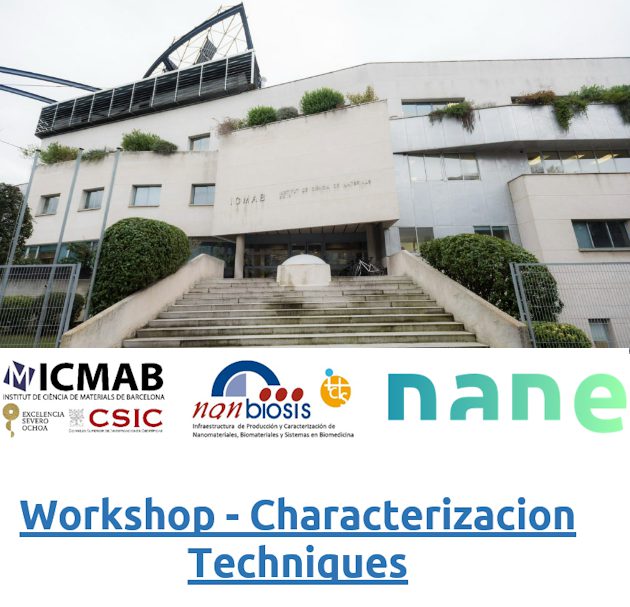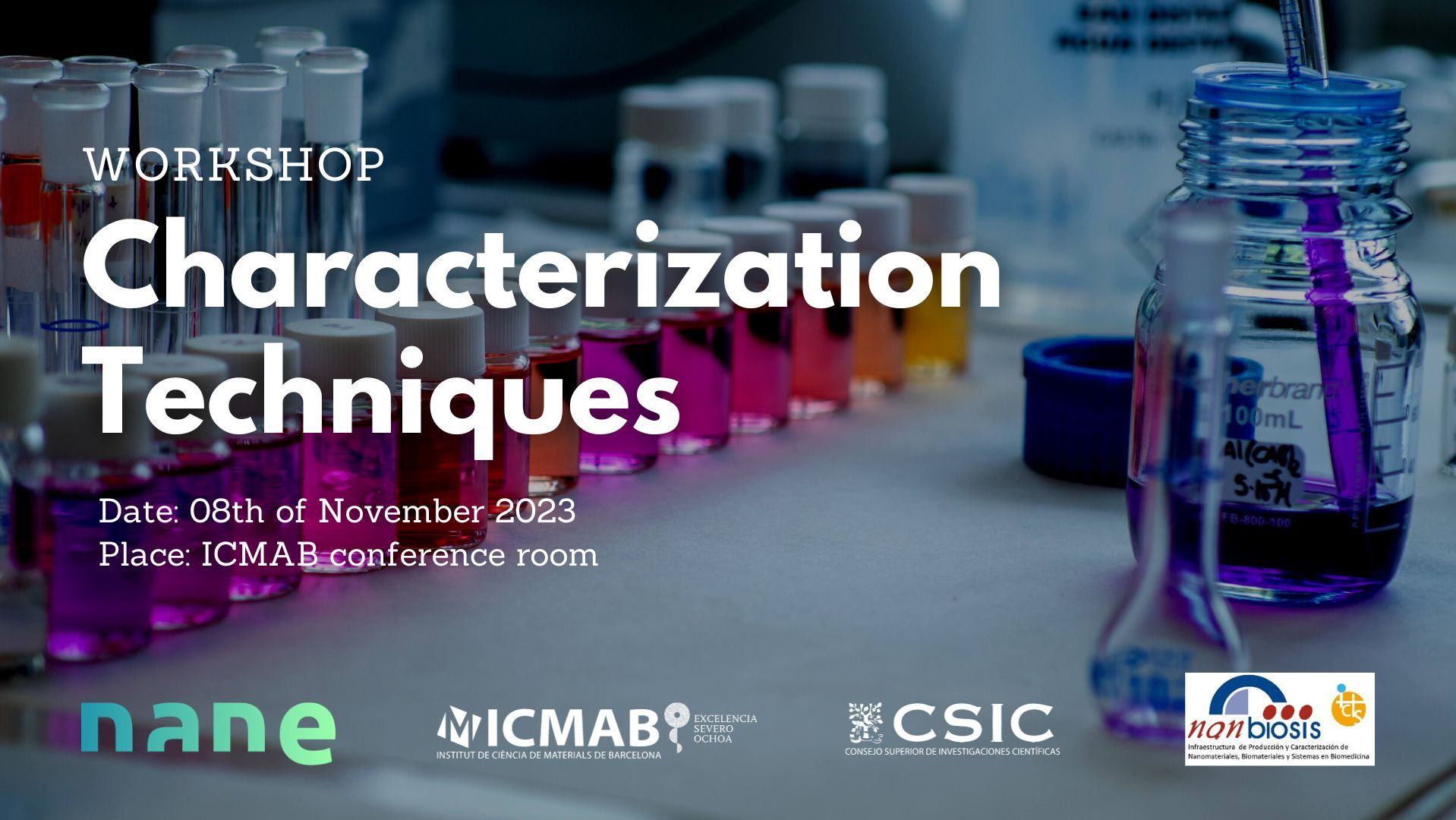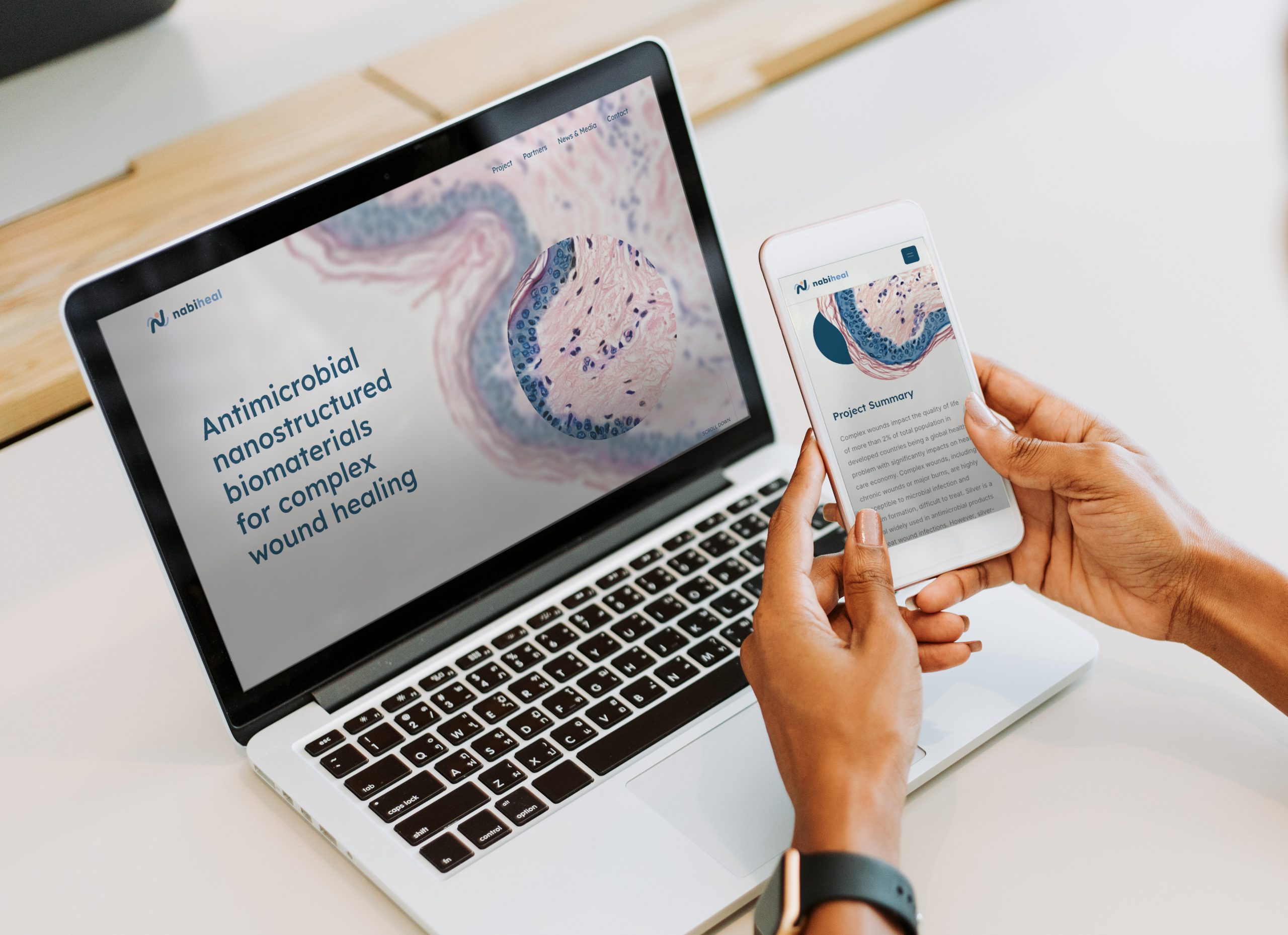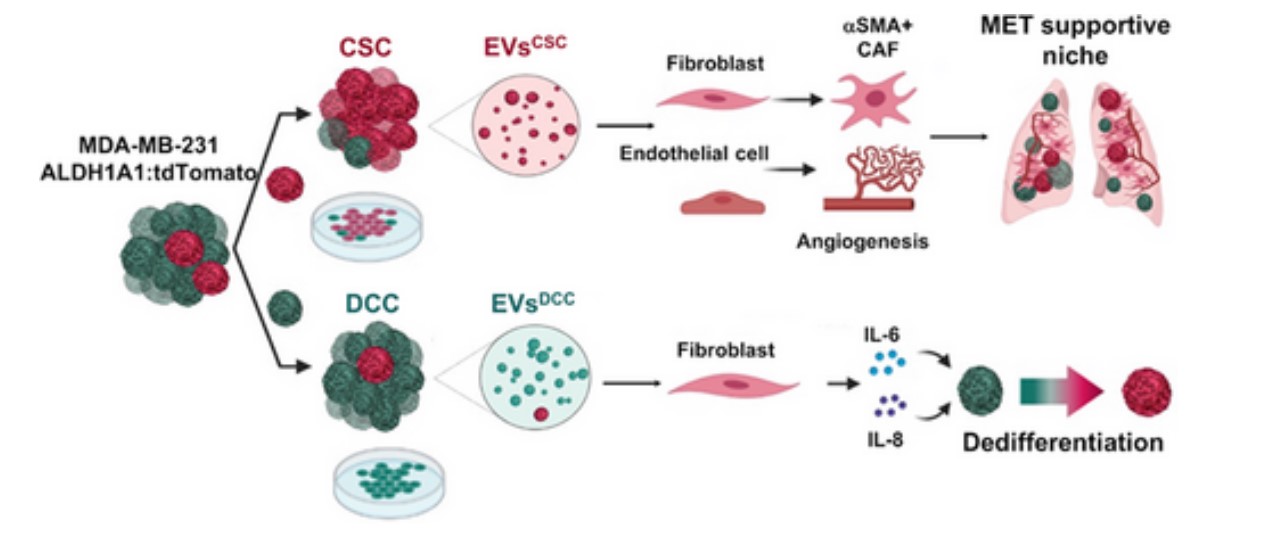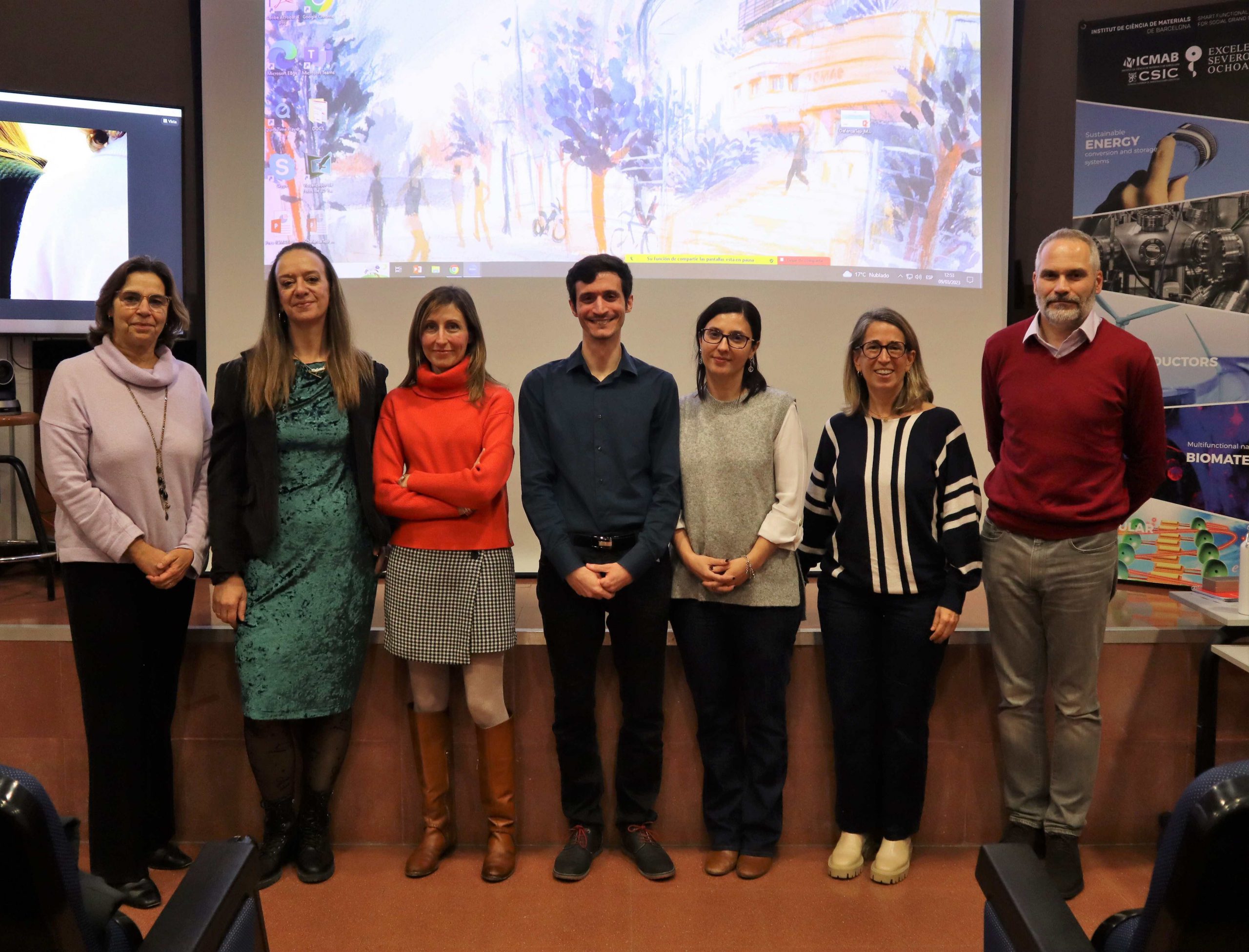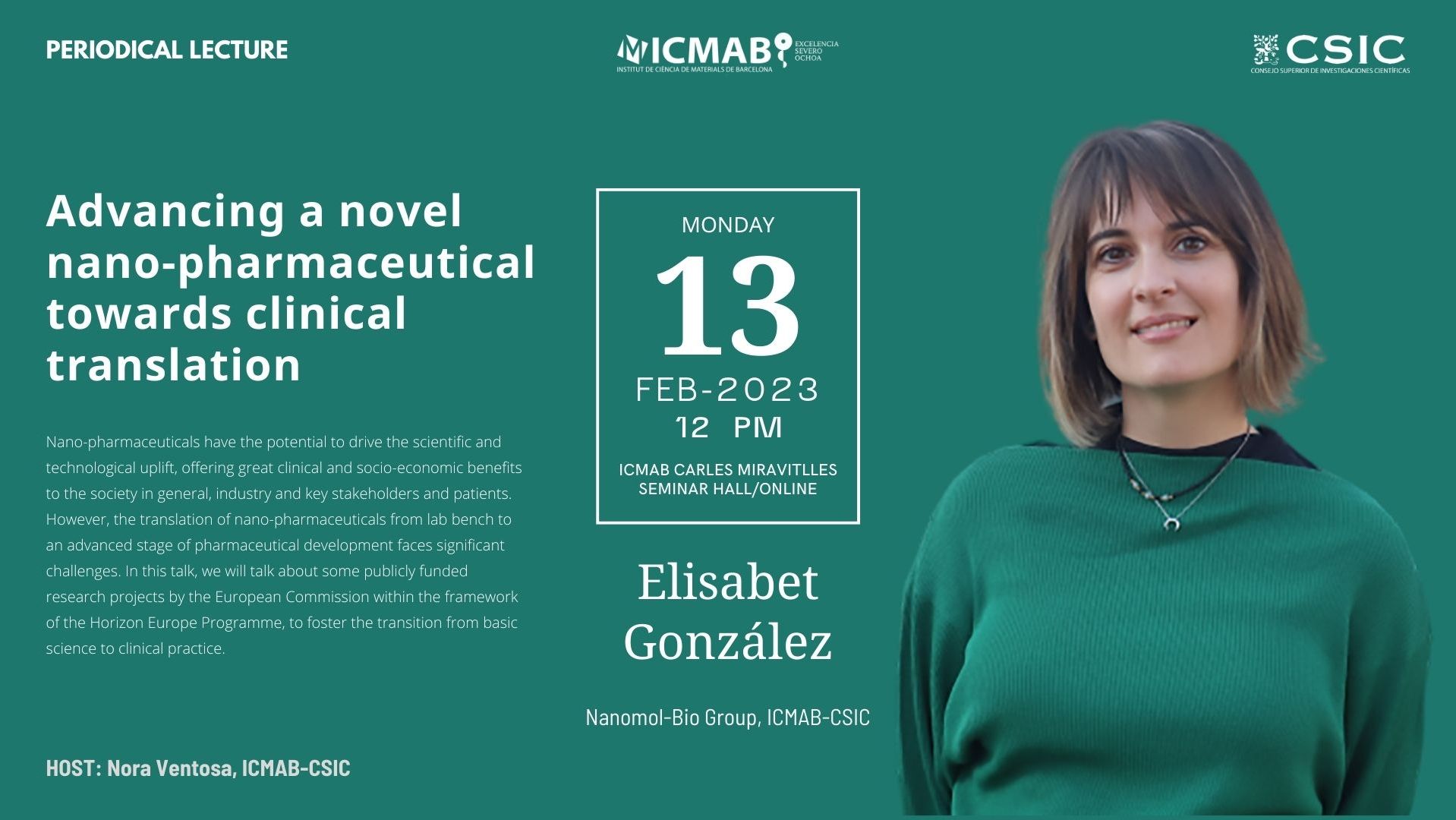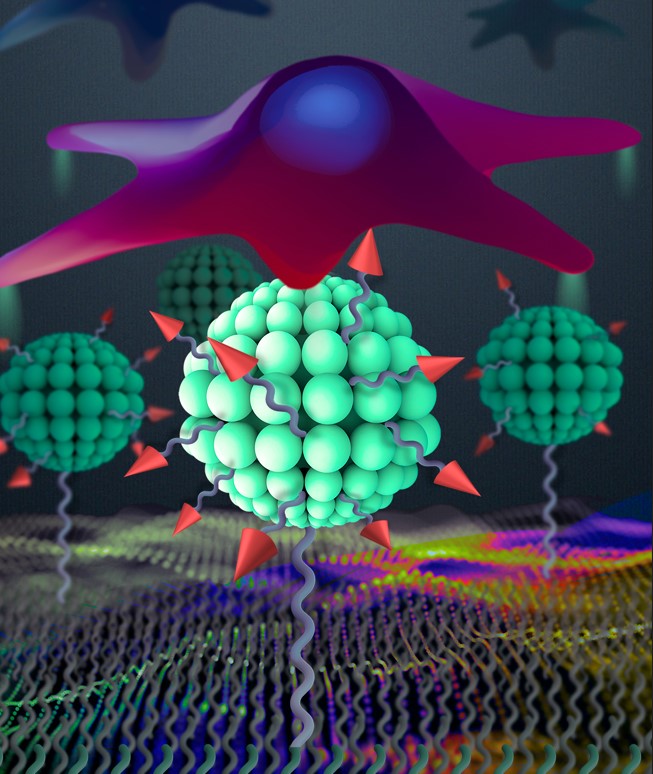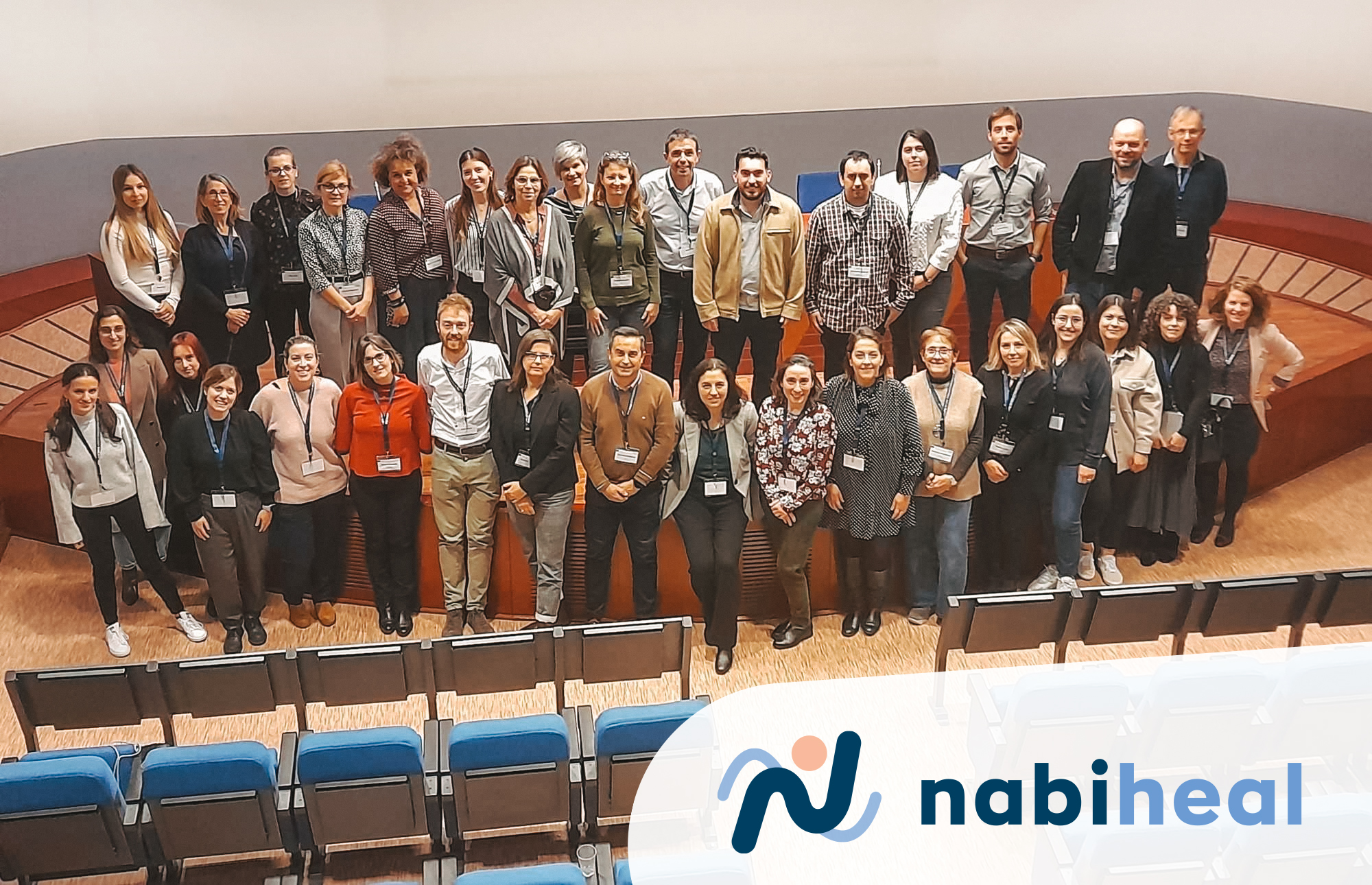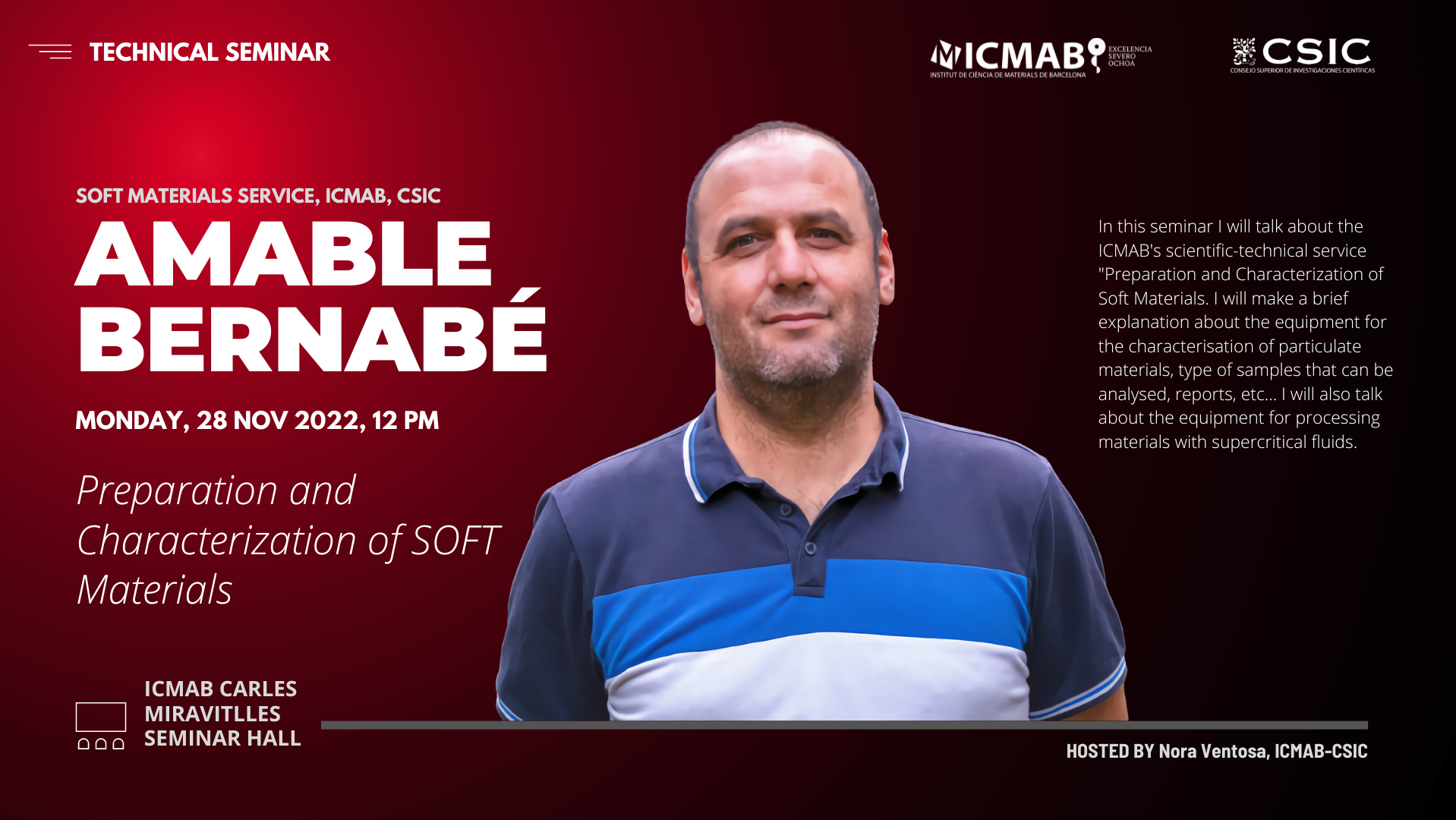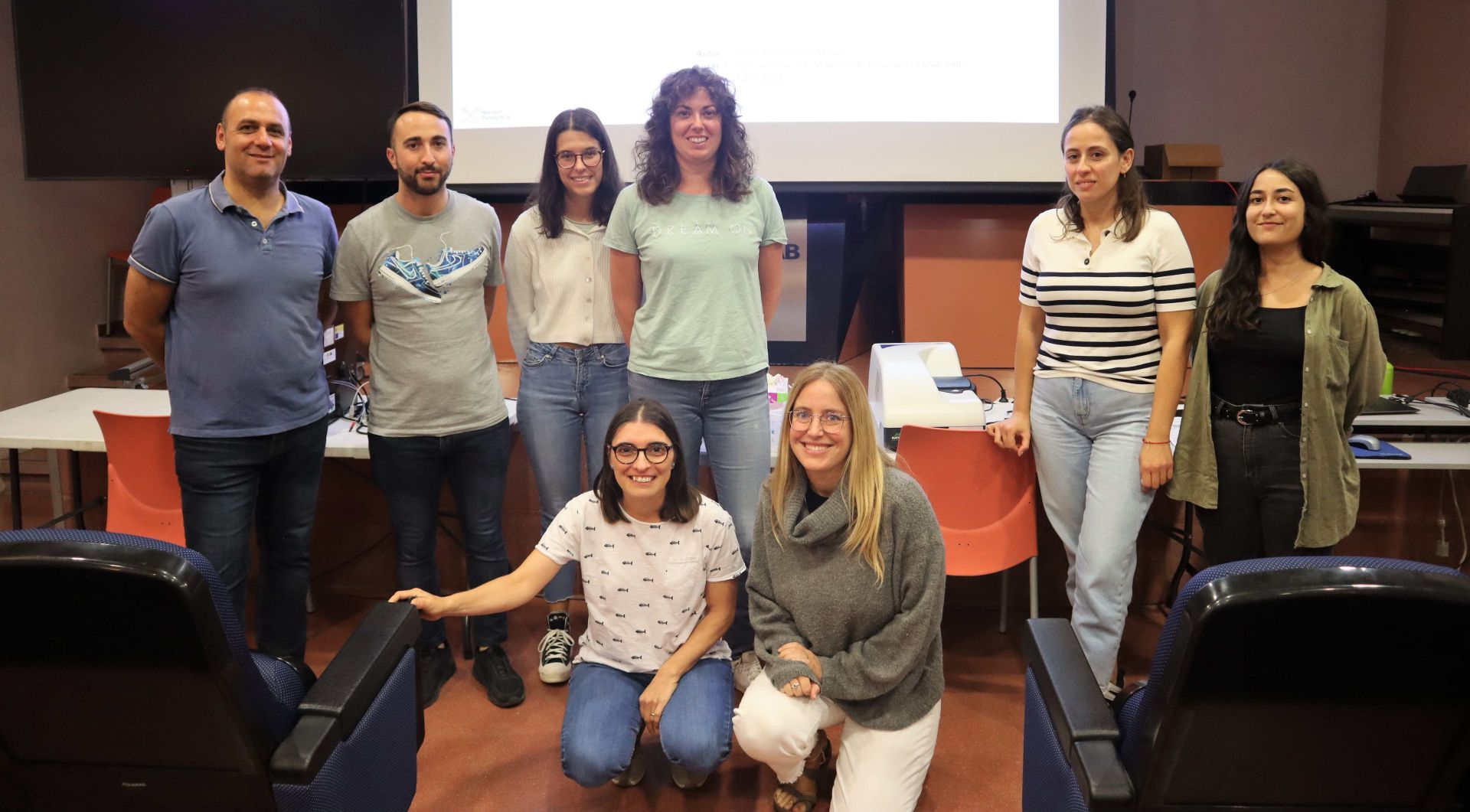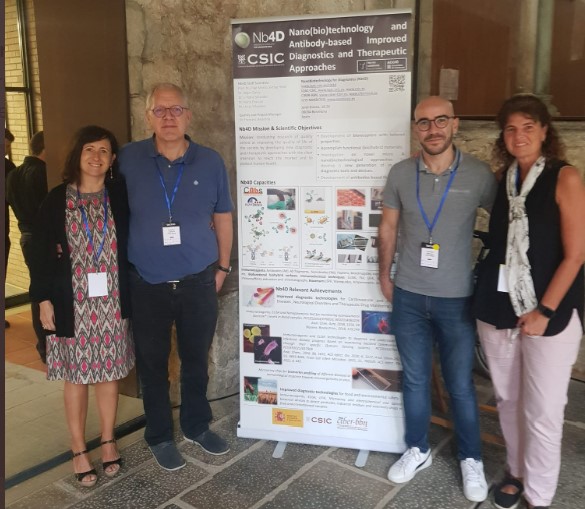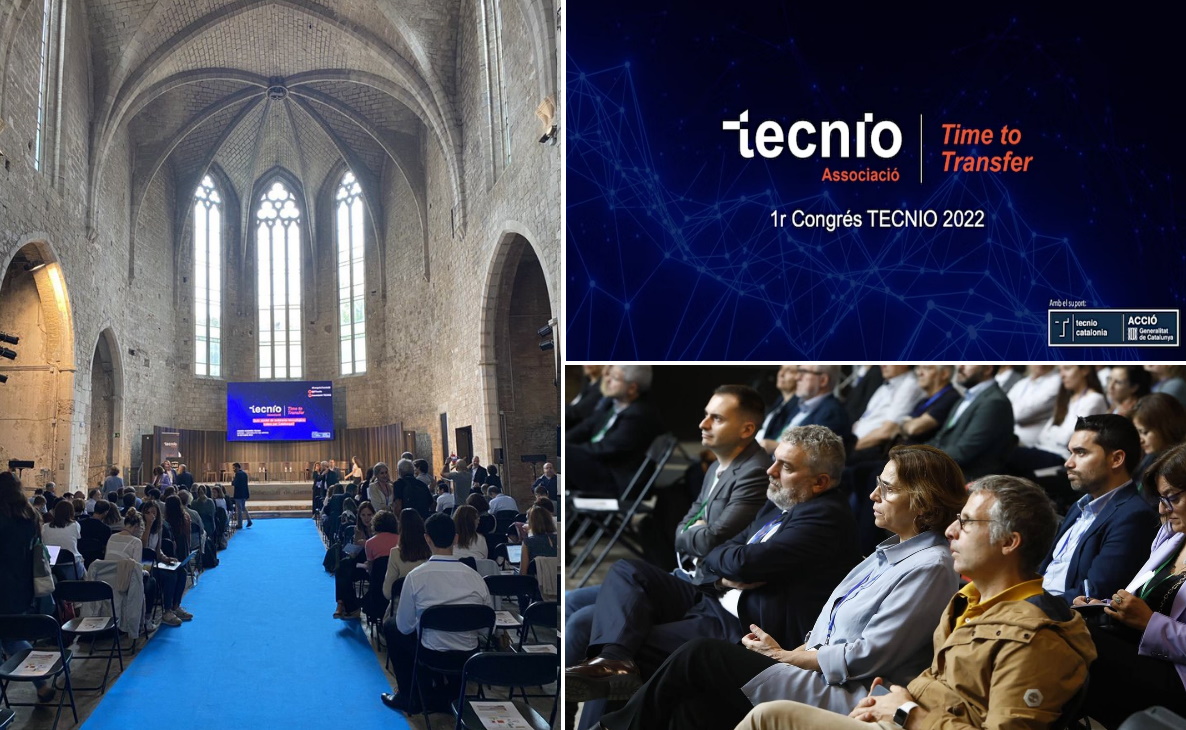Technical seminar on materials characterisation equipment
The Service-SOFT/U6 Nanbiosis ICTS (of CIBER-BBN and ICMAB-CSIC) together with the company NANE are organising a technical seminar on materials characterisation equipment. In this seminar, different techniques for the characterisation of particulate materials such as DLS, NTA, Laser Diffraction, Morphology will be discussed.
Limited places. You can register at this link
Link to the program: here
Date: 08th of November
Place: Institute of Materials Science of Barcelona (ICMAB) -CSIC – Conference room
